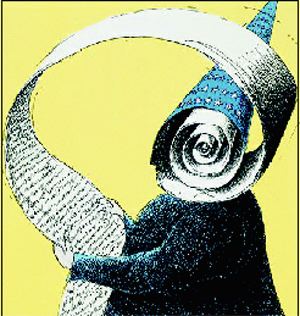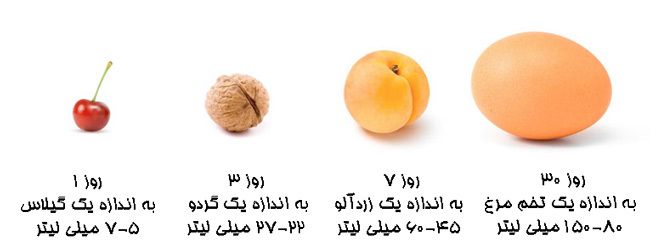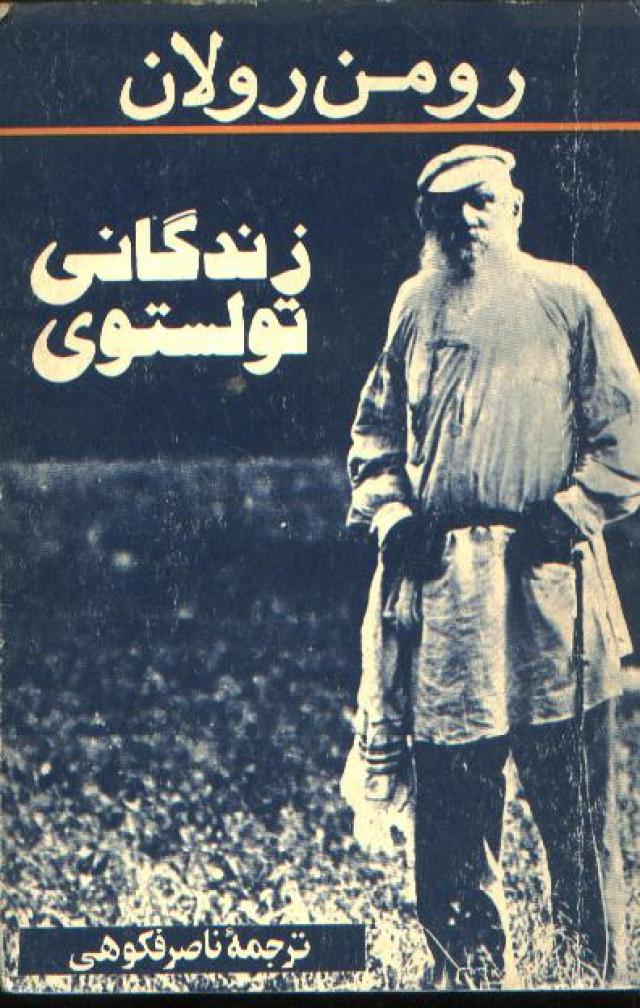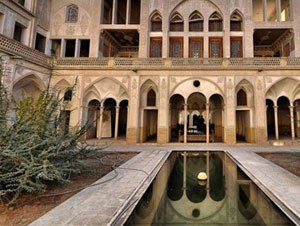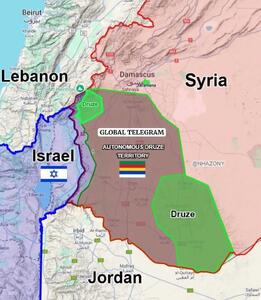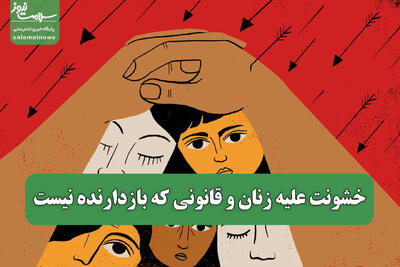سه شنبه, ۱۴ اسفند, ۱۴۰۳ / 4 March, 2025
قبیله باویه
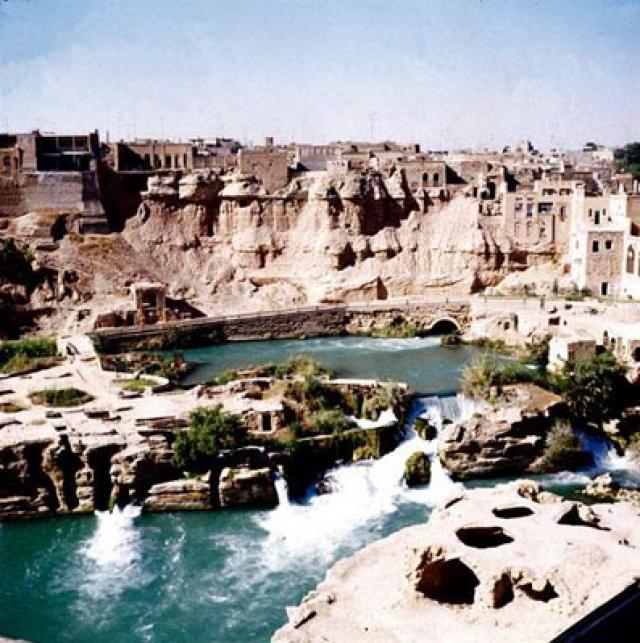
تص.یر: تالاب های خوزستان/ باویه قبیله ی شیعه خوزستانی است که محدوده ی آنها در شرق و جنوب اهواز بین رودخانه های کارون و جراحی در جنوب بند قیر و شمال مارِد است .
باویه قبیله ی شیعه خوزستانی است که محدوده ی آنها در شرق و جنوب اهواز بین رودخانه های کارون و جراحی در جنوب بند قیر و شمال مارِد است .این قبیله در سالهای اولیه ی این قرن در حدود 20000 نفر تخمین زده شده بود که 500/18 نفر از آنها کوچ نشین بودند و در دهه ی 1930 ، 320/2 خانواده، پیش تر پرورش دهنده ی شتر بودند ، اما به طور فزاینده ای مقیم شدند و احشامشان تنوع یافت . این قبیله در شش بخش و پانزده طایفه سازمان یافت(Lorimer, Gazetteer II, pp. 119, 293-96; Oppenheim, IV, pp. 25, 90; Field, pp. 190-91; Persia, pp. 378-380).
این قبیله ادعا می کند که دودمانی با افتخار است که متضمن دوره ی پیش از اسلام وپهلوان مُحلحِل است اما تاریخ اولیه اینان مبهم است .آنها آشکارا از بنی ربیع عراق سرچشمه گرفتند و در اواخر قرن 10/16 به همراه بنی لام به ایران حرکت کردند(q.v.) قلمرو آنها ، ضرورتا شمال غربی بنی کعب بود(q.v.)، با کسانی که این قبیله ارتباط و رقابت طولانی با آنها داشتند که شامل خصومتهای گاه و بیگاه بود .آنها در زمستان 15-1914 در مشارکت با قبایل دیگر خوزستان ، به نیروی انگلیس که اهواز را اشغال کرده بود و با شیخ خزعل از کعب در اتحاد بود ، حمله کردند . از اواخر دهه 1940 آنها به طور کامل در حدود 16 روستا مقیم شدند (Oppenheim, III, p. 356, IV, pp. 89-91).
گروههای خرد باویه در میان قبایل دیگر در عراق و ایران پراکنده شدند . یک زیر گروه باویه ی عرب وجود دارد که جز اصلی اتحاد خمسه را تشکیل می دهد (‘Azzāwī, IV, pp. 191-92; Oppenheim, IV, p. 92).
منبع : ایرانیکا ، بازیابی شده در تاریخ 13/7 /91
a Shiʿite tribe of Ḵūzestān. They range east and south of Ahvāz, between the Kārūn and Jarrāḥī rivers, to the south of Band-e Qīr and north of Māred.
BĀWĪYA, a Shiʿite tribe of Ḵūzestān. They range east and south of Ahvāz, between the Kārūn and Jarrāḥī rivers, to the south of Band-e Qīr and north of Māred. Estimated at 20,000 individuals in the early years of this century, of which 18,500 were nomadic, and 2,320 families in the 1930s, they were formerly camel breeders but have progressively sedentarized and diversified their livestock. They are organized in six sections with fifteen clans (Lorimer, Gazetteer II, pp. 119, 293-96; Oppenheim, IV, pp. 25, 90; Field, pp. 190-91; Persia, pp. 378-380).
They claim a proud lineage, which includes the pre-Islamic hero Mohalhel, but their early history is obscure. They apparently originated in the Banī Rabīʿa of Iraq and moved into Iran in the late 10th/16th century along with the Banī Lām (q.v.). Their territory was immediately northwest of that of the Banī Kaʿb (q.v.), with whom they have had a long association and rivalry, including occasional hostilities. In the winter of 1914-15, in common with several other of the Ḵūzestān tribes, they attacked the British force occupying Ahvāz, with which Shaikh Ḵaẓʿal of the Kaʿb was in alliance. Since the late 1940s they have entirely sedentarized, in some sixty villages (Oppenheim, III, p. 356, IV, pp. 89-91).
Splinter groups of Bāwīya have dispersed among other tribes in both Iraq and Iran; there is a Bāwīya subsection of the ʿArab, a constituent tribe of the Ḵamsa confederacy (ʿAzzāwī, IV, pp. 191-92; Oppenheim, IV, p. 92).
Bibliography:
(Great Britain) Admiralty, Persia, Geographical Handbook Series, Oxford, 1945.
ʿA. ʿAzzāwī, ʿAšāʾer al-ʿErāq, 4 vols., Baghdad, 1947.
H. Field, Contributions to the Anthropology of Iran, Chicago, 1939.
M. Freiherr von Oppenheim, Die Beduinen, ed. W. Caskel, 4 vols., Wiesbaden, 1967.
(J. Perry)
Originally Published: December 15, 1988
Last Updated: December 15, 1988
This article is available in print.
Vol. III, Fasc. 8, p. 876
ایران مسعود پزشکیان دولت چهاردهم پزشکیان مجلس شورای اسلامی محمدرضا عارف دولت مجلس کابینه دولت چهاردهم اسماعیل هنیه کابینه پزشکیان محمدجواد ظریف
پیاده روی اربعین تهران عراق پلیس تصادف هواشناسی شهرداری تهران سرقت بازنشستگان قتل آموزش و پرورش دستگیری
ایران خودرو خودرو وام قیمت طلا قیمت دلار قیمت خودرو بانک مرکزی برق بازار خودرو بورس بازار سرمایه قیمت سکه
میراث فرهنگی میدان آزادی سینما رهبر انقلاب بیتا فرهی وزارت فرهنگ و ارشاد اسلامی سینمای ایران تلویزیون کتاب تئاتر موسیقی
وزارت علوم تحقیقات و فناوری آزمون
رژیم صهیونیستی غزه روسیه حماس آمریکا فلسطین جنگ غزه اوکراین حزب الله لبنان دونالد ترامپ طوفان الاقصی ترکیه
پرسپولیس فوتبال ذوب آهن لیگ برتر استقلال لیگ برتر ایران المپیک المپیک 2024 پاریس رئال مادرید لیگ برتر فوتبال ایران مهدی تاج باشگاه پرسپولیس
هوش مصنوعی فناوری سامسونگ ایلان ماسک گوگل تلگرام گوشی ستار هاشمی مریخ روزنامه
فشار خون آلزایمر رژیم غذایی مغز دیابت چاقی افسردگی سلامت پوست

